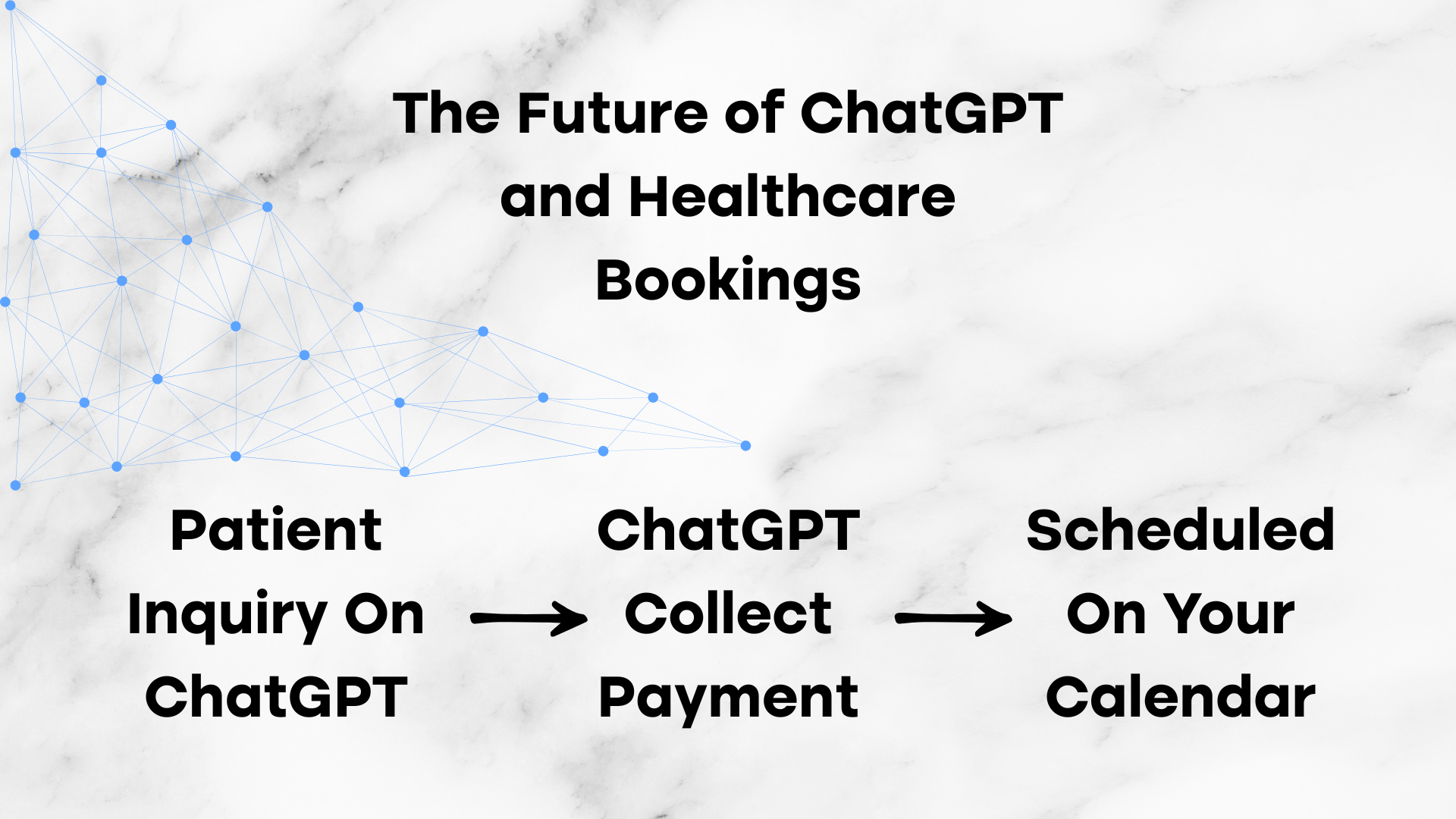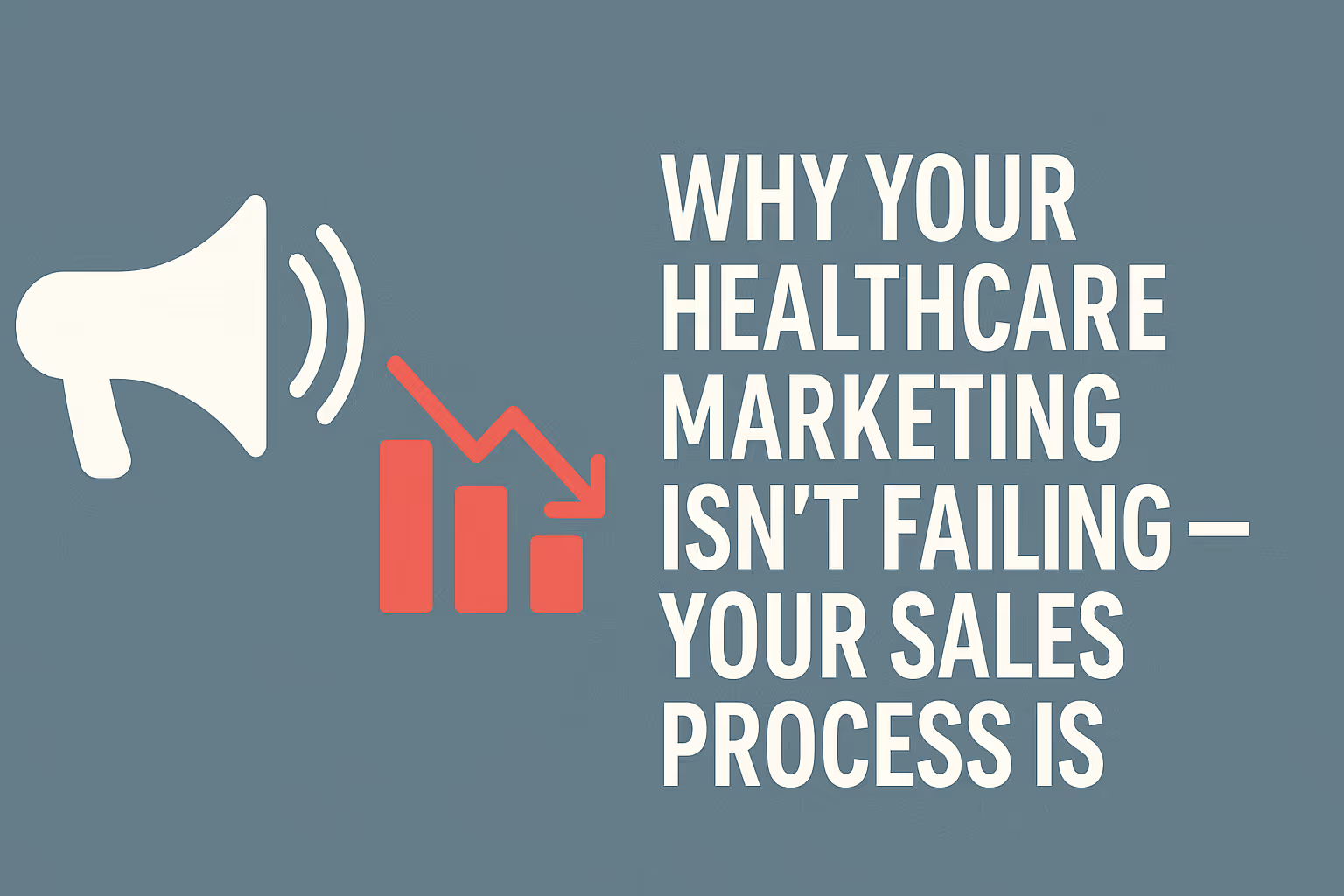Read more Articles
Keep up to date with medspa marketing strategies.

If you’re running a healthcare practice and still treating email like an afterthought, you’re leaving serious revenue on the table.
When done right, email marketing isn’t just a way to fill next week’s schedule—it’s a strategic tool that drives retention, increases lifetime patient value, and builds real trust over time. All of it happening behind the scenes, automatically.
The problem? Most clinics either don’t use email at all, or they send the kind of generic, one-size-fits-all blasts that land in spam or go ignored. That’s not marketing—that’s noise that hurts your brand more than you realize.
If you're ready to make email a real growth engine for your practice, here are five practical strategies you can start using today to actually get results.
When it comes to healthcare email marketing, consistency is what separates high-performing campaigns from forgettable ones. Whether you're sending a booking reminder, an upsell campaign, or a reactivation message, your branding should be instantly recognizable.
Patients should know it’s your clinic the second they open the email—before they even read the subject line. That kind of brand familiarity builds trust, boosts open rates, and creates long-term recognition.
In fact, one of the most overlooked patient retention strategies is simply having a consistent brand identity across all communication.
Once you’ve established these elements, build a clinic brand kit using tools like Canva or Figma. These assets will allow you to quickly design graphics and visuals that align with your identity—so every email looks and feels like it came directly from your practice.
Here is an example of an email footer we coded in HTML:
.avif)
Consistency isn’t just a design choice—it’s a revenue driver. When patients recognize your emails, they’re more likely to open, engage, and book.
In email marketing, your subject line and preview text are everything. They’re the first thing patients see—and often the reason they decide whether to open your email or ignore it.
Think of your subject line as the headline. It needs to stand out in a crowded inbox and clearly communicate why the email is worth opening.
For transactional emails (like confirmations or reminders), keep it simple. A subject line like “Your Appointment Is Booked” tells the patient exactly what they need to know. No extra fluff needed.
But for marketing emails—like promotions, new services, or seasonal campaigns—you need to grab attention fast. The most effective subject lines usually do one of three things:
Let’s say you’re running a Morpheus8 BOGO promotion at your medspa. A subject line like “BOGO Half Off Morpheus8” is direct and gets straight to the deal. In follow-up emails, you might shift gears and build interest with something like “Let’s Get Personal” to introduce your team and build trust. Later, a subject like “Kardashians ❤️ Morpheus8” can add cultural relevance and keep people engaged.
The key is balance. Your subject lines should be short—ideally under 20 characters so they don’t get cut off on mobile. They should also offer something emotionally or financially valuable, and always reflect the actual content of the email. Misleading subject lines might increase opens, but they’ll hurt your credibility—and your unsubscribe rate will show it.
Now let’s talk preview text (also called preheader). This is the short line that appears next to or below the subject in the inbox. It supports the subject by giving a little more context or urgency.
If your subject is “BOGO Half Off Morpheus8”, the preview might read: “Limited time savings, {{contact.first_name}}—don’t miss out.”
If your subject is “Kardashians ❤️ Morpheus8”, the preview could be: “Hollywood’s go-to treatment is now available in your city.”
When your subject and preview work together, they become a powerful pair—grabbing attention, setting expectations, and paving the way for more clicks, more bookings, and stronger patient relationships.
You can use AI to help you get ideas or read our blog on how to use AI in healthcare marketing.
Plain text emails rarely perform well in today’s competitive inboxes. In a world flooded with content, visual design is what holds attention—and drives action. If your email is nothing more than a block of text, most patients will skim or delete it within seconds.
That’s where strategic visuals come in.
Effective email design for healthcare practices goes beyond just throwing in a stock photo. You want to incorporate on-brand graphics, before-and-after images, infographics, and treatment visuals that support the message you’re communicating.
Promoting a new aesthetic treatment? Don’t just explain it—show it. Feature transformation photos. Highlight patient success stories. Include compelling data points in a graphic that says something like “24% improvement in skin texture” in a clean, visually digestible format.
To do this right, use professional design tools like Canva or Figma. Start by identifying your email template’s exact width—typically between 600 to 680 pixels. Create custom graphics in that size using your clinic’s existing brand colors, fonts, and visual style to maintain consistency across all email campaigns.
This is more than just aesthetic. It builds trust, reinforces your brand identity, and improves email click-through rates by making your content easier—and more enjoyable—to consume.
Your visuals should do three things: grab attention, clarify your message, and guide the reader toward the action you want them to take. When done correctly, this type of design doesn’t just look good—it converts.
Once your email is designed, written, and visually aligned with your brand, it’s time to focus on what is arguably the most important piece: the call to action.
In healthcare email marketing, your CTA—or call to action—is what ultimately moves the reader from interest to action. Whether you’re asking them to book a consultation, claim a promotion, or fill out a form, this is where conversion happens. If your CTA falls flat, so does the entire email.
A CTA should be intentional, aligned with the purpose of the email, and carefully tested over time. There is no one-size-fits-all option. The best performing healthcare CTAs are often the result of thoughtful A/B testing and an understanding of the patient’s mindset at the time they receive the email.
For example, let’s say your clinic is promoting a new Morpheus8 microneedling offer—Buy One, Get One Half Off. You might assume a button that says “Claim Offer” would be the best choice. But when we ran this campaign for one of our medspa clients, the highest-converting CTA was actually “See if You Qualify.”
Why did that work better?
Because the people receiving the email had never experienced Morpheus8 before. It’s a high-ticket service, priced well above $2,000. These leads didn’t just want to claim an offer—they wanted reassurance, education, and a low-pressure way to start the conversation. The phrase “See if You Qualify” made the next step feel less committal and more consultative, which significantly improved both click-through rate and lead quality.
Great CTAs are contextual. A rebooking reminder might call for a direct “Book Now.” A new product launch could use “Learn More.” A patient success story might end with “Start Your Journey.” The key is to align your CTA with the stage of the patient journey and the intent of the message.
Ultimately, strong CTAs don’t just generate clicks—they create momentum, build trust, and guide prospective patients toward meaningful decisions that drive revenue.
One of the most overlooked tactics in healthcare email marketing is creating a dedicated subdomain specifically for sending promotional emails. If you’ve ever received a message from a large brand like Yelp, you’ll notice it likely came from a subdomain such as mail.yelp.com or no-reply@yelp.com. That’s not accidental—it’s a best practice that improves performance, deliverability, and trust.
For medical clinics, medspas, or multi-location healthcare brands, sending from a subdomain (like updates.yourclinic.com or offers.yourclinic.com) separates your transactional messages—appointment confirmations, receipts, and patient reminders—from your promotional campaigns.
This small technical step carries a big impact.
Setting up a dedicated email subdomain helps with two critical areas:
1. Improved Deliverability and Inbox Placement
When you isolate your marketing emails on their own subdomain, you reduce the risk of affecting the sending reputation of your main business domain. This helps prevent marketing emails from being flagged as spam, which protects the integrity of your overall email communication. In short, it improves your ability to land in the inbox.
2. Clear Messaging for Your Patients
Patients don’t want to confuse an appointment confirmation with a new product promotion. Using subdomains helps signal intent. An email from bookings@yourclinic.com feels different than promotions@yourclinic.com—and that distinction builds clarity and trust with your audience.
The good news? Setting this up is simple.
Most modern domain hosts (like GoDaddy, Namecheap, or Google Domains) allow you to configure a subdomain in under five minutes. From there, you can verify it with your email platform—whether you're using Mailchimp, Klaviyo, or an EMR-integrated tool like GoHighLevel—and start routing emails accordingly.
A dedicated subdomain is a quiet but powerful upgrade. It shows your clinic is serious about email marketing, protects your sender reputation, and helps future-proof your campaigns as inbox algorithms become more sophisticated.
Healthcare email marketing isn’t just a tactic—it’s a revenue engine. When done right, it can help your clinic attract new patients, increase repeat bookings, and build long-term trust with your audience. From consistent branding and strategic subject lines to visually engaging content and high-converting CTAs, every piece of your email strategy plays a role in growing your bottom line.
The best part? This is a system you can build once and benefit from over and over again.
But we get it—between managing patients, running a team, and staying compliant, most clinics don’t have the time to build out a full email marketing engine on their own.
That’s where Nexamed comes in.
If you're ready to increase revenue, improve patient retention, and finally get results from your marketing—sign up with Nexamed today. Whether you need done-for-you email sequences, branded templates, or a complete patient reactivation system, we’ll build it, launch it, and optimize it for you.
We build predictable patient acquisition systems that deliver real, trackable ROI for medspas.
Keep up to date with medspa marketing strategies.

